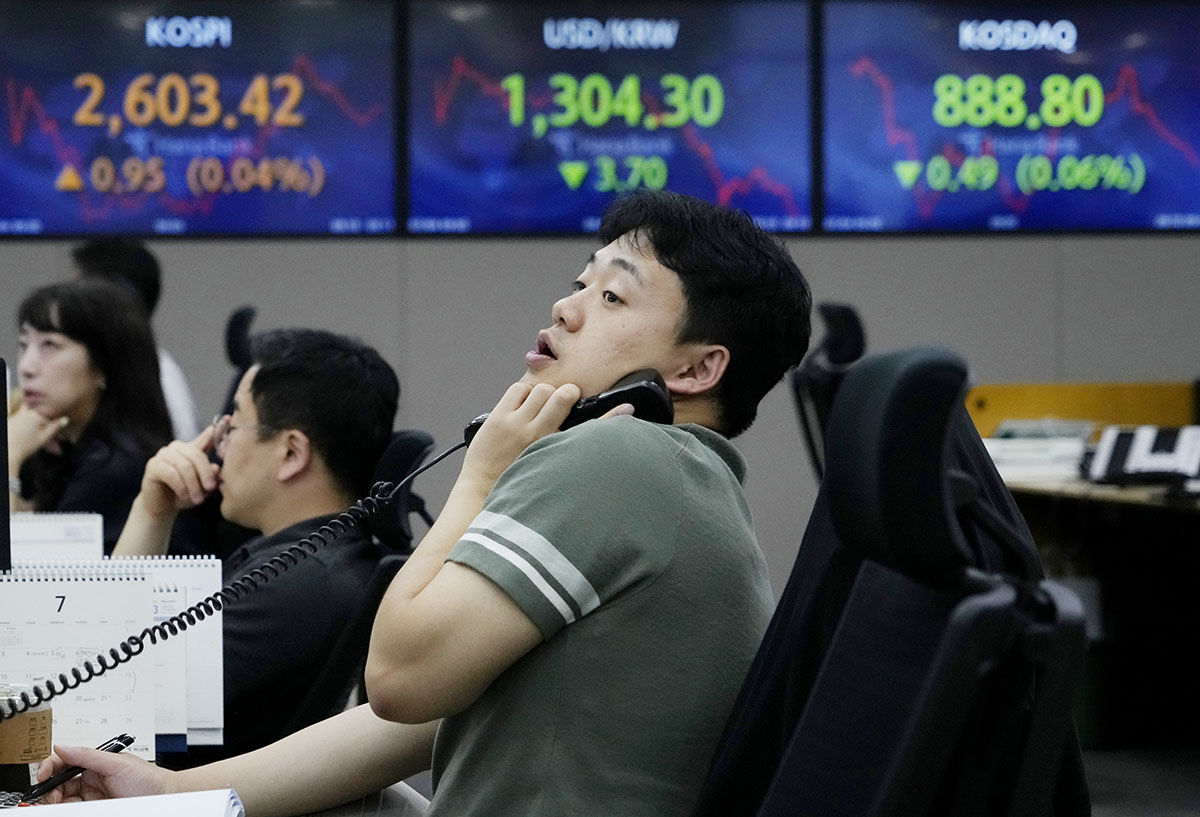Home>Finance>Bail-In: Definition And Role In A Financial Crisis


Finance
Bail-In: Definition And Role In A Financial Crisis
Published: October 12, 2023
Learn the definition and role of a bail-in in the finance world. Understand its significance in managing financial crises and its potential impact.
(Many of the links in this article redirect to a specific reviewed product. Your purchase of these products through affiliate links helps to generate commission for LiveWell, at no extra cost. Learn more)
Understanding Bail-In and Its Significance in Times of Financial Crisis
When it comes to financial crises, the concept of bail-in often takes center stage. But what exactly is a bail-in, and how does it play a role in times of economic turmoil? In this blog post, we will explore the definition of bail-in and its significance in a financial crisis.
Key Takeaways:
- Bail-in involves using the funds of a failing bank’s shareholders and creditors to stabilize the institution during a financial crisis.
- It aims to avoid taxpayer-funded bailouts and shifts the financial burden away from governments.
So, what is bail-in?
Bail-in is a regulatory measure designed to address the fallout of a financial crisis. It involves utilizing the funds of a struggling bank’s shareholders and creditors, rather than relying on taxpayer money, to stabilize the institution. This approach serves to minimize the need for government-funded bailouts and ensures that the burden of rescuing a failing bank is shared by those who have a stake in it.
Bail-in acts as a safeguard that can be activated when a financial institution faces insolvency or a greater chance of failure. It allows authorities to step in and take control, with the purpose of restructuring the bank’s balance sheet and restoring its financial health.
The role of bail-in in a financial crisis:
During a financial crisis, the stability of the entire banking system is at risk. In such situations, a bail-in can act as a vital tool to prevent widespread economic chaos. By imposing losses on shareholders and creditors of the failing bank, it ensures that the institution takes responsibility for its own actions and bears the consequences.
Here are a few key aspects of bail-in and its role in a financial crisis:
- Preserving financial stability: By implementing a bail-in, authorities strive to preserve the overall stability of the financial system. It helps maintain confidence in the banking sector and prevents the contagion of financial problems to other institutions.
- Protecting taxpayers: One of the primary goals of bail-in is to shield taxpayers from the financial burden of rescuing failing banks. By requiring shareholders and creditors to bear the losses, governments can avoid using public funds for bailouts.
- Encouraging responsible banking practices: Bail-in puts the onus on bank shareholders and creditors, encouraging them to monitor and evaluate the institutions they invest in more carefully. This can lead to more prudent lending practices and greater accountability within the banking industry as a whole.
In conclusion, bail-in is a mechanism that directs the responsibility of rescuing a struggling bank onto its shareholders and creditors, rather than burdening taxpayers. It plays a crucial role in maintaining financial stability and encourages responsible practices within the banking sector. By understanding the concept and significance of bail-in, we gain insights into the mechanisms put in place to mitigate the impact of financial crises.














